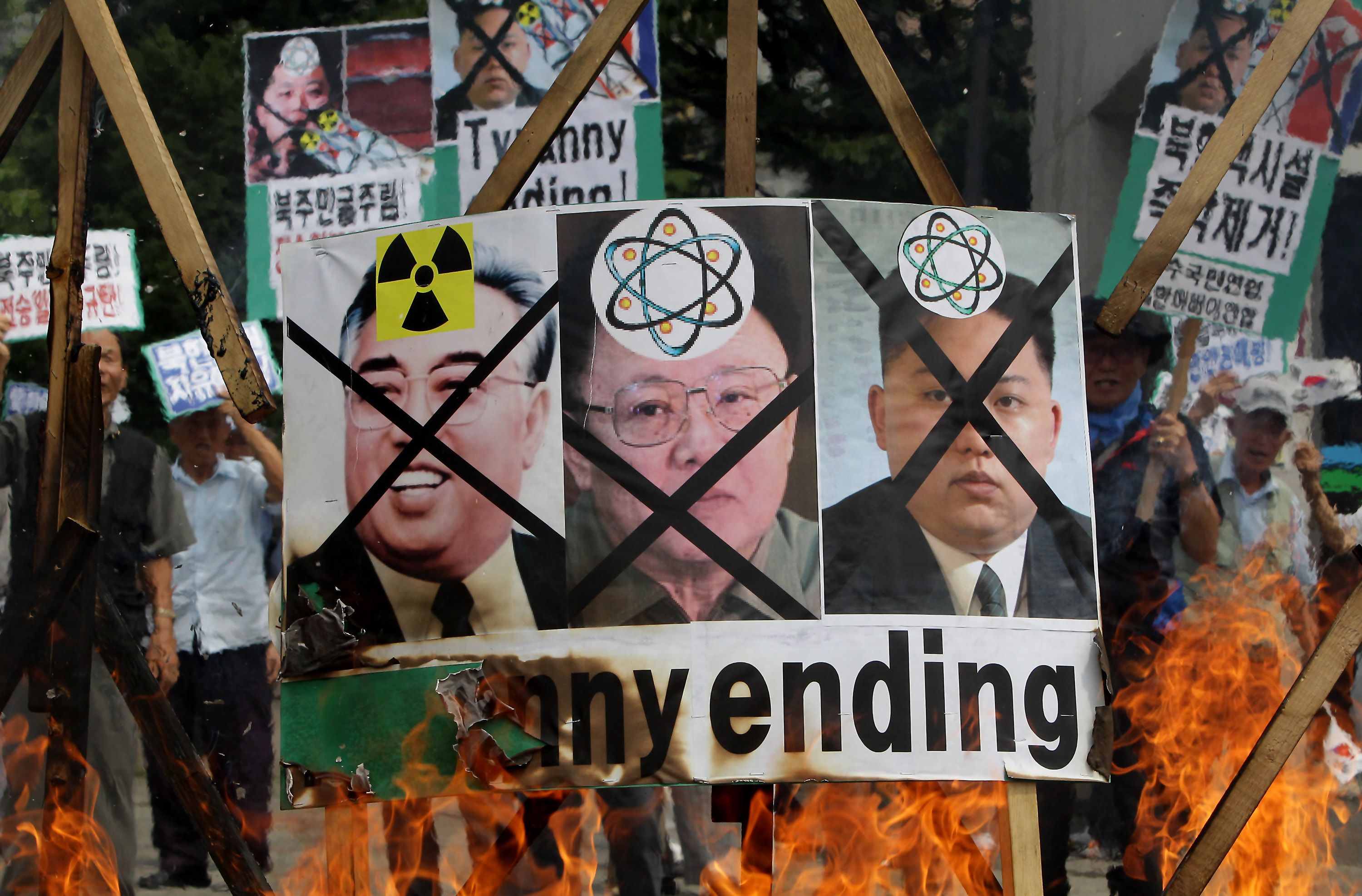In the early hours of Sunday morning, North Korea’s state media announced that it had tested a hydrogen bomb.
Pyongyang said that the detonation, North Korea’s sixth such test, had been a “perfect success”. State officials said had earlier said that it had produced a smaller hydrogen bomb that could be used with a long-range missile, possibly capable of reaching the US mainland.
Japanese meteorological experts measured the tremors of the explosion, determining that the blast was five times stronger than that which destroyed Nagasaki during World War II.
The U.S. geological survey recorded an earthquake which measured 6.3 on the Richter Scale near a weapons testing site in North Korea, and while no independent sources have confirmed that it was an actual hydrogen bomb explosion, weapons experts claim that the power of the detonation indicates it was from a H-bomb.
This bomb test came just hours after Japanese Prime Minister Shinzo Abe spoke to President Trump about escalating the response to North Korea’s acts of aggression.
Following the explosion, the Japanese foreign minister Taro Kono called the testing “extremely unforgivable”, while the South Korean government requested that the UN bring the strongest possible response to these actions, including new sanctions that would effectively completely isolate their geographical neighbour.
Though it is not yet known for certain exactly what design of bomb was detonated, it’s clear that North Korea is attempting to dramatically advance its weapons capabilities and prove itself as a credible nuclear threat.







































